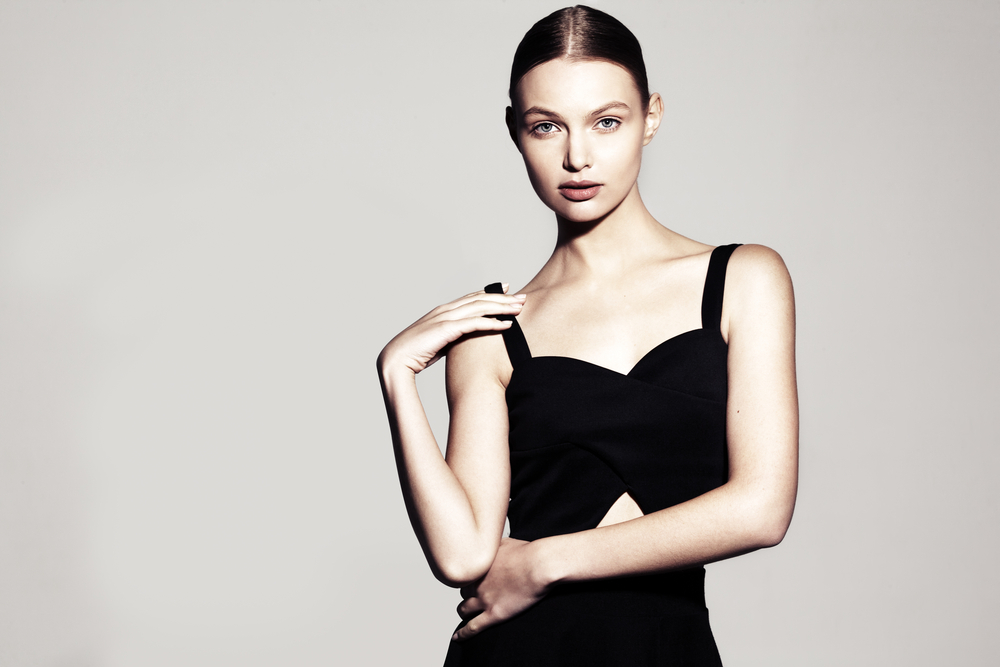
In the glamorous world of fashion and photography, modeling is an extraordinary form of art. Models effortlessly transform themselves into captivating figures, gracefully strutting and striking mesmerizing poses. Behind every stunning photo captured in a photoshoot lies a secret: the art of modelling . Let us unveil the secrets and explore the techniques that empower models to create magic with their presence.
Understanding the Role of a Model
Models are not just pretty faces, but artists with the ability to express emotions and narratives through their poses and expressions. They become the embodiment of the designer's vision, showcasing clothing, accessories, and beauty in a way that captivates an audience. The art of modeling involves the mastery of body language, posing techniques, and an innate sense of style.
The Power of the Strut
One essential aspect of modeling is the way models walk, commonly referred to as the "strut." It is a confident and assertive walk that exudes grace and poise. The stride is strong, yet elegant, with the model's head held high, and the body moving in synchrony. A well-executed strut not only captures attention but also enhances the overall aesthetic of the photoshoot.
Perfecting the Pose
Poses are the building blocks of any successful photoshoot. Models must have an array of poses at their disposal to create a diverse and captivating portfolio. From subtle nuances to bold expressions, a skilled model can portray a wide range of emotions and attitudes through their poses. They must work collaboratively with photographers and art directors to convey the desired message or idea.
Mastering Body Language
The art of modeling involves utilizing body language effectively. Models need to understand the impact of even the smallest gestures, such as the angle of the head, the tilt of the shoulders, or the posture of the hands. Each movement should contribute to the overall composition, creating a harmonious visual narrative. Body language is a subtle but powerful tool that can breathe life into a photograph.
Creating a Connection with the Camera
To truly captivate an audience, models must establish a connection with the camera. The way they engage with the lens can either draw viewers in or leave them feeling disconnected. It requires a delicate balance of confidence, vulnerability, and charisma. Models must convey emotions, thoughts, and stories through their eyes, making the audience feel like part of their world.
The Essence of Style
Modeling is not only about being fashionable but also about having a unique sense of style. Models should be able to interpret and showcase different fashion trends, while adding their personal touch to elevate the overall aesthetics of the photoshoot. Their ability to embody an array of styles, from haute couture to streetwear, contributes to the dynamism of the industry.
Frequently Asked Questions:
Q1. How can I improve my modeling skills?
A1. Consistent practice is key to improving your modeling skills. Study and learn from established models, experiment with various poses, and work with reputable photographers and agencies to gain exposure.
Q2. What should I wear for a casting or a photoshoot?
A2. Make sure to wear clothing that is simple and enhances your natural features. Opt for form-fitting attire that allows the photographer to see your body proportions clearly.
Q3. How do I handle rejection in the modeling industry?
A3. Rejection is a part of any creative industry. It's important to remember that it is not a reflection of your worth as a model. Use it as an opportunity for growth and keep pushing forward.
Q4. Can anyone become a model?
A4. While the modeling industry has become more inclusive, certain criteria such as height and proportions might still apply. However, there are opportunities for models of various backgrounds, body types, and ages in today's industry.
Q5. What makes a successful model?
A5. Beyond physical attributes, successful models possess professionalism, adaptability, and resilience. They are reliable, punctual, and able to take direction while adding their personal touch to each project.
Modeling is an exquisite form of art that requires the perfect blend of technique, talent, and style. The secrets behind the strut and pose in photoshoots lie in the mastery of body language, the power of connection, and the ability to express emotions. Aspiring models can nurture their craft by continuously practicing, learning from established models, and embracing the dynamics of the industry. With dedication and perseverance, the art of modeling can open doors to a world of creativity and opportunity.
Other useful resources
- https://en.wikipedia.org/wiki/Category:Models_by_modeling_agency
- https://www.planetmodelphoto.com/models/modeling/usa/charlotte/nc-north-carolina
- https://en.wikipedia.org/wiki/Category:Modeling_agencies